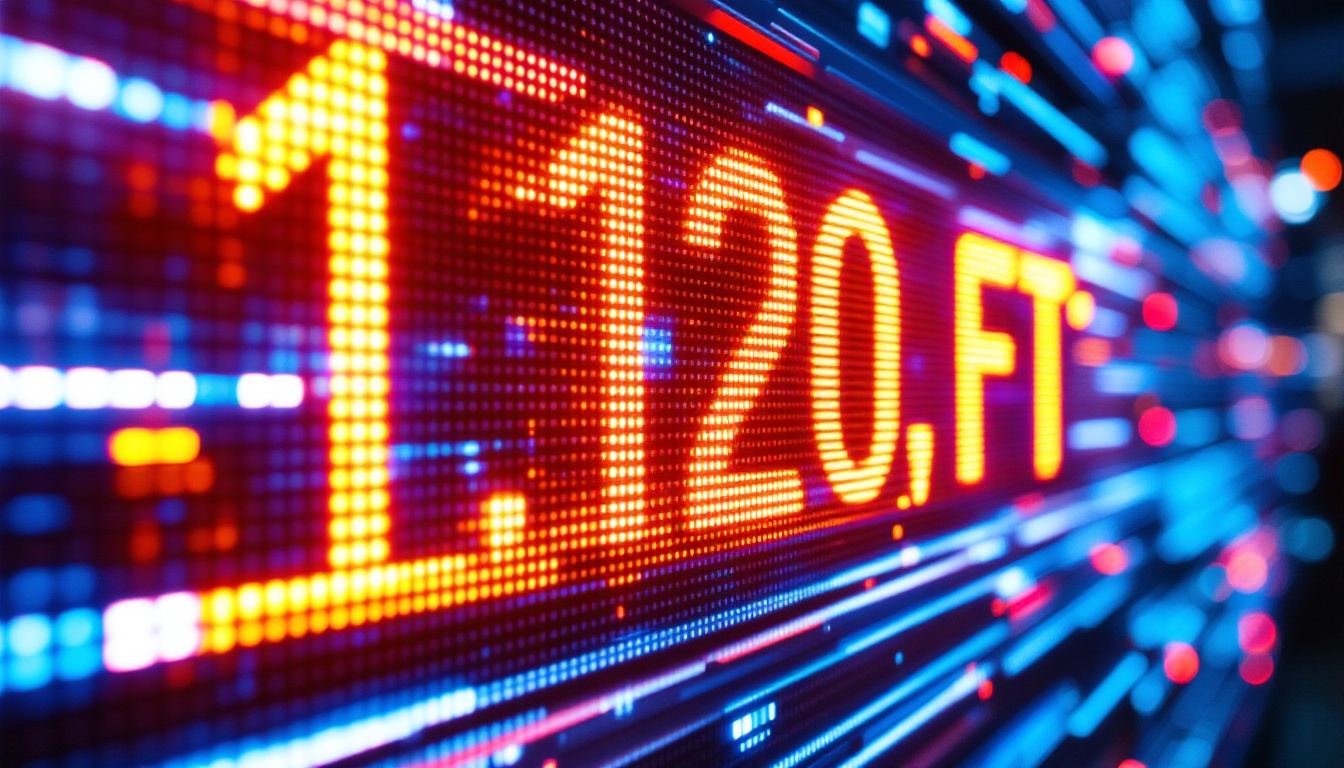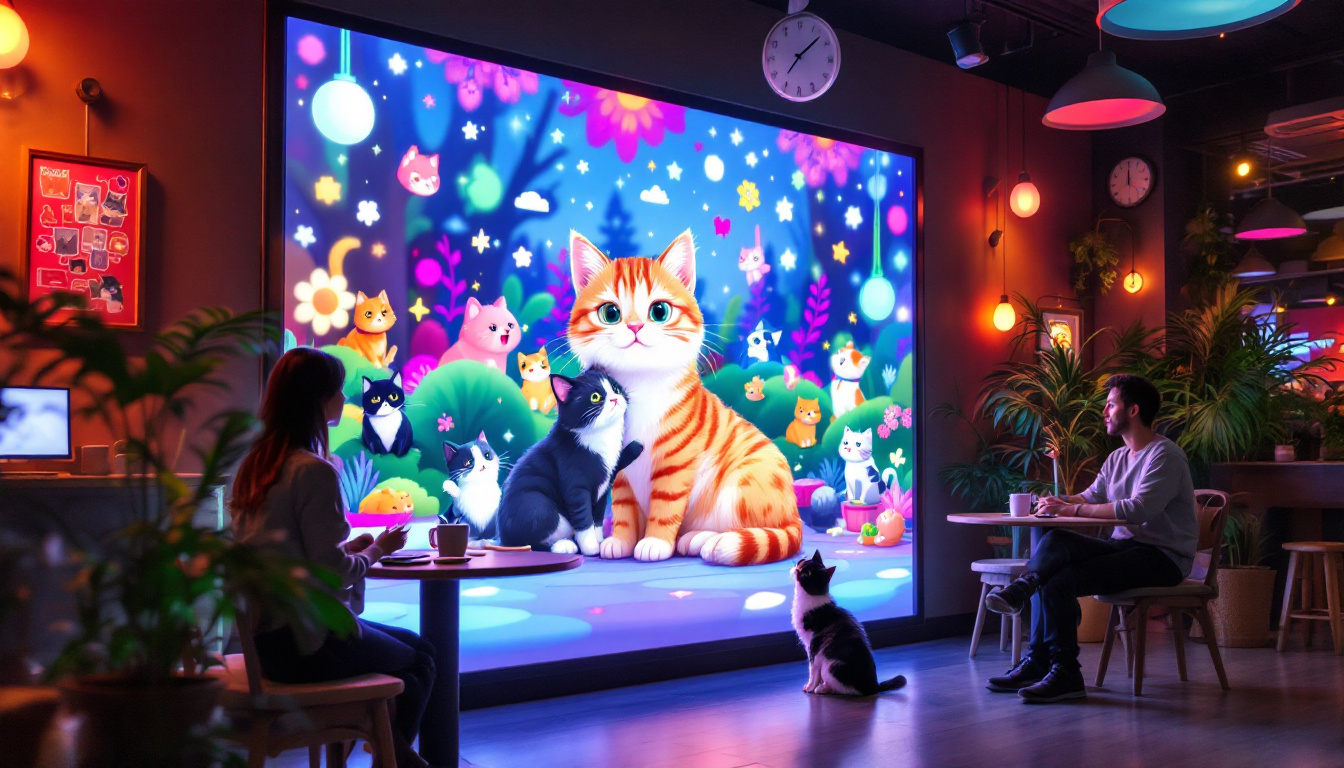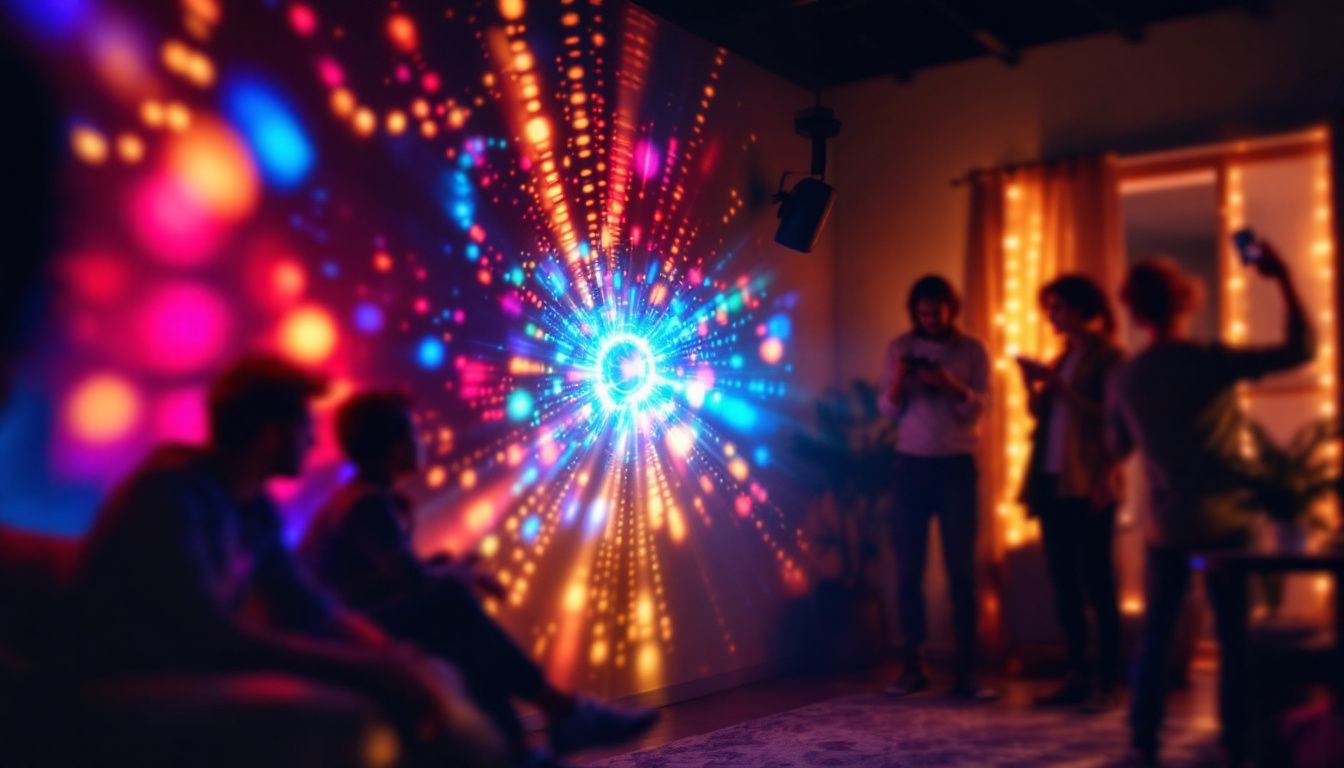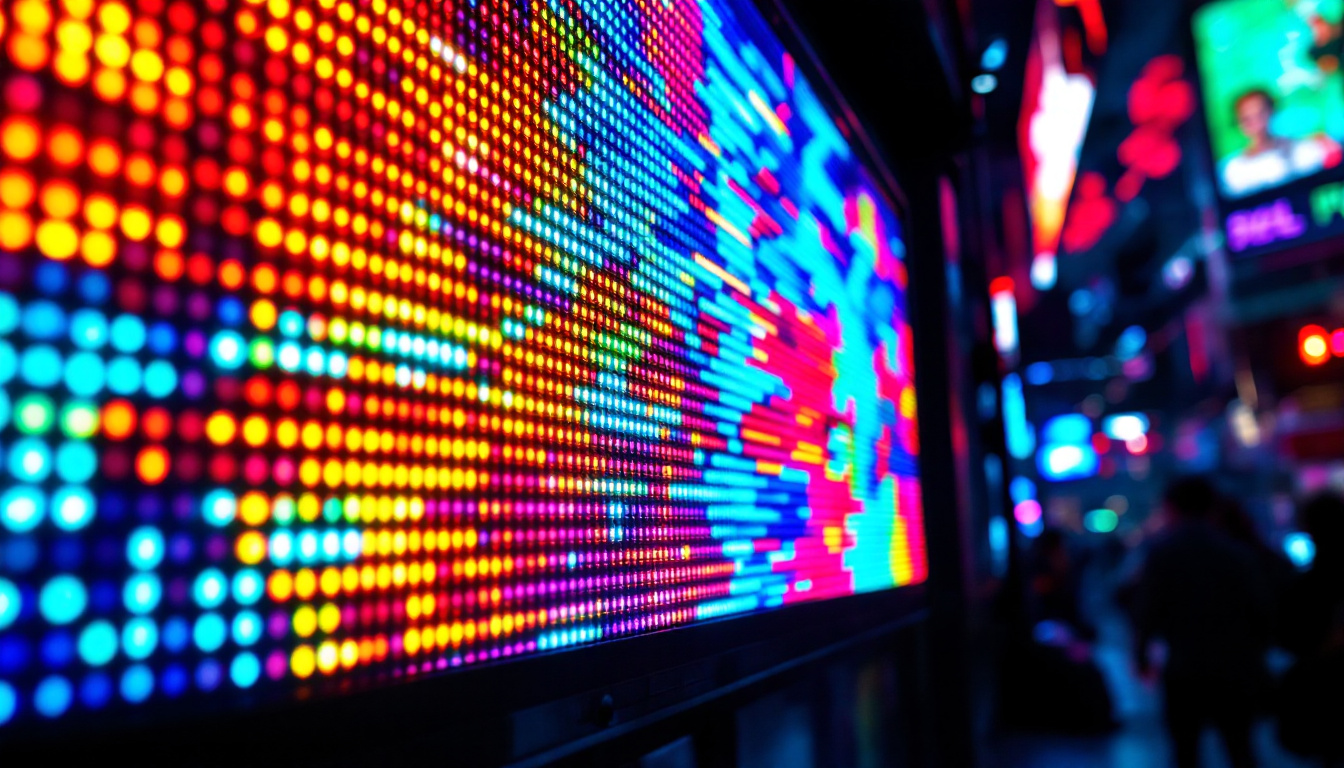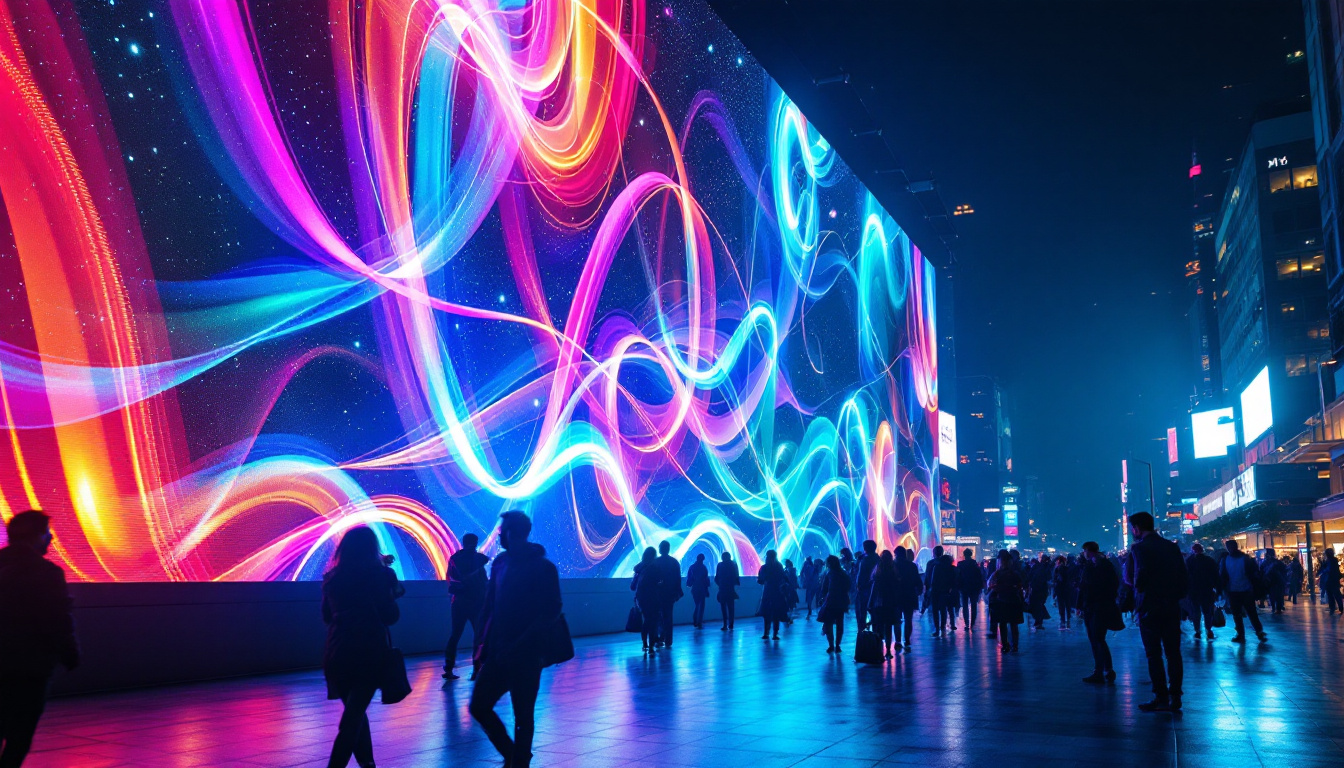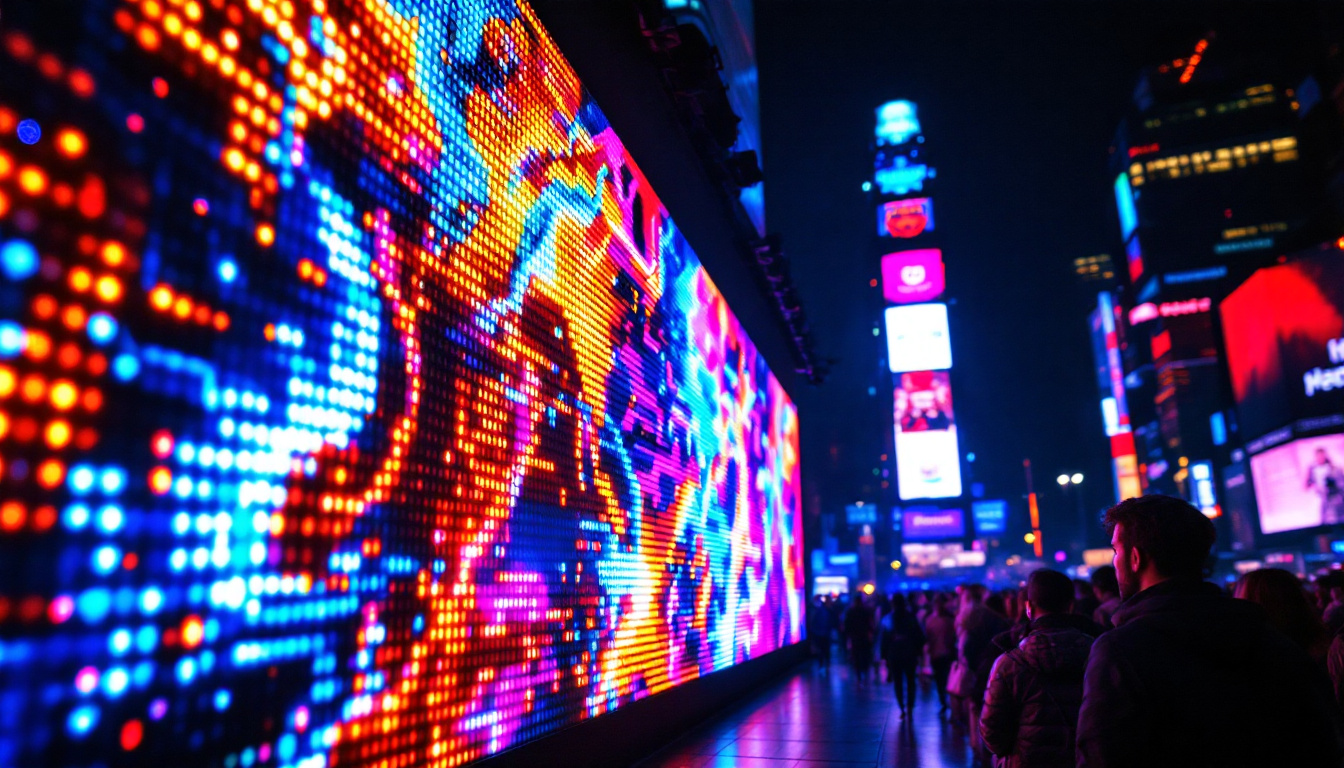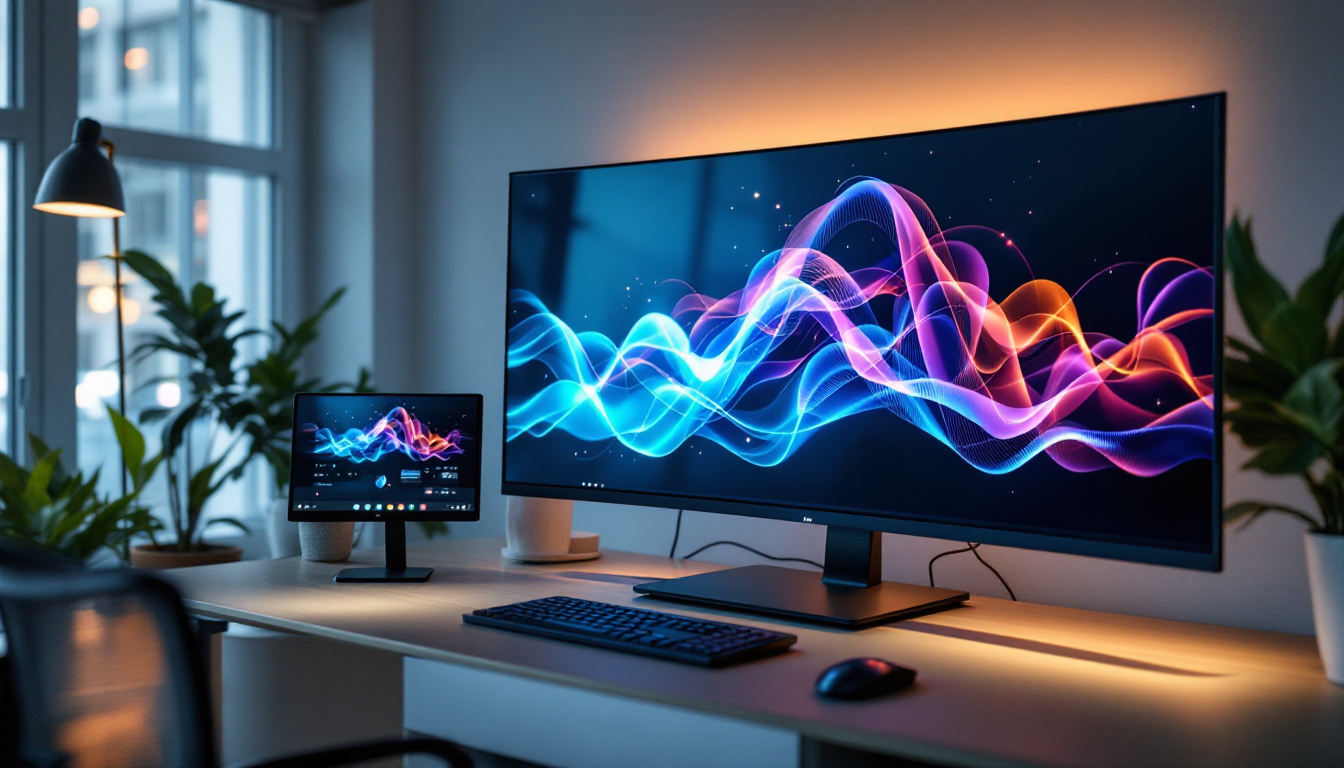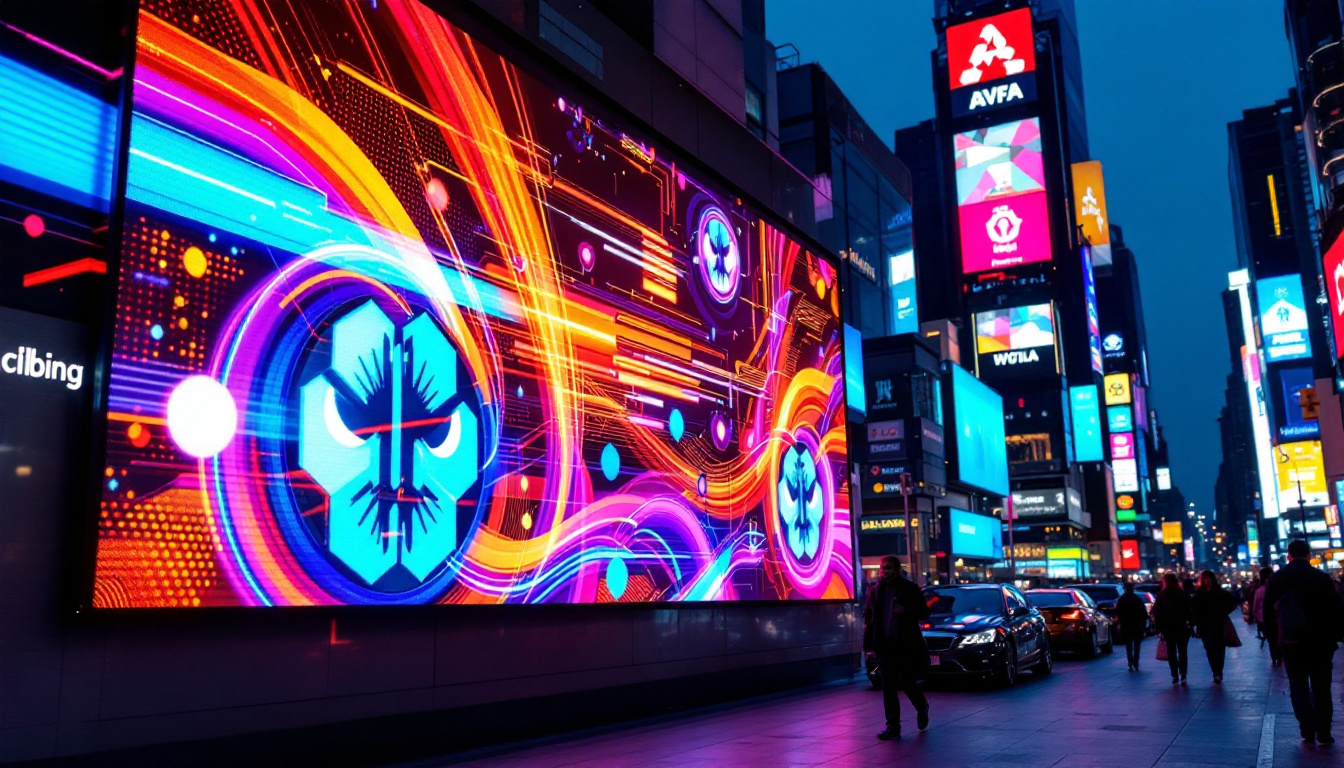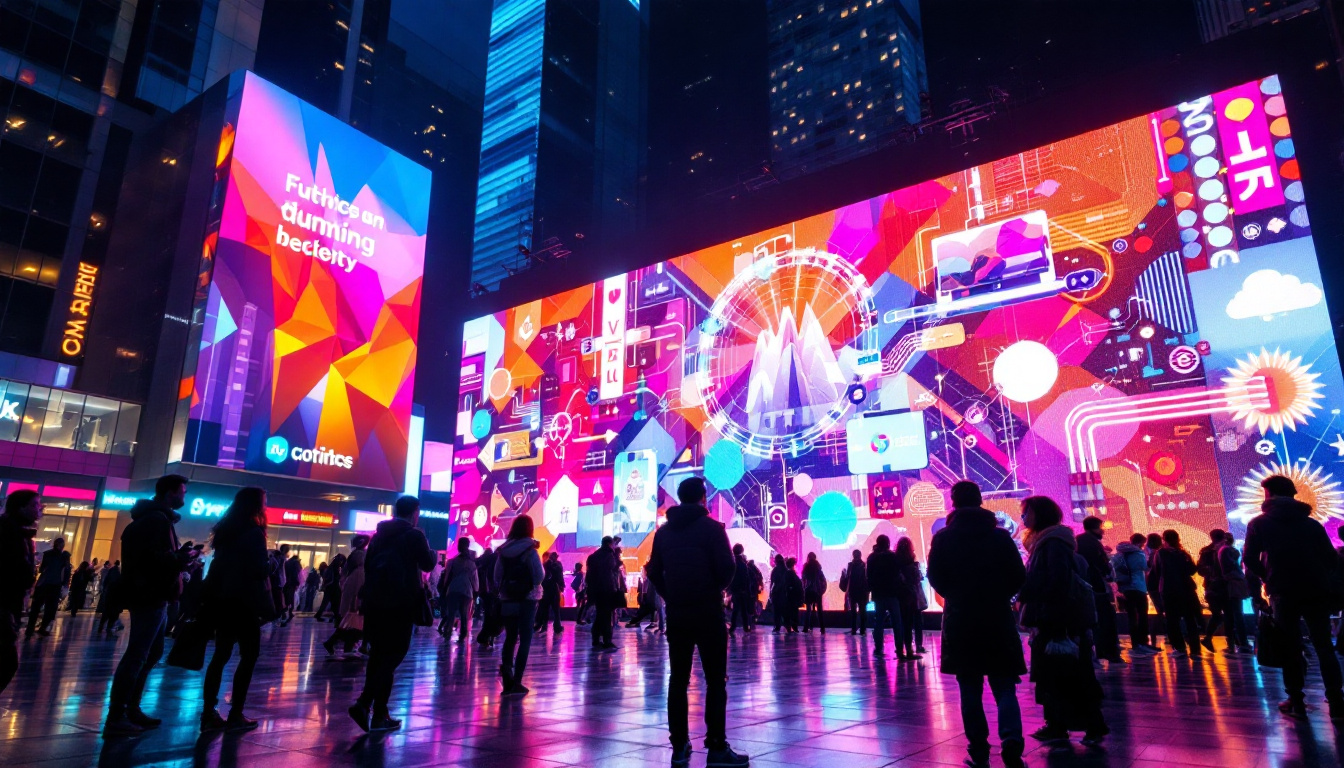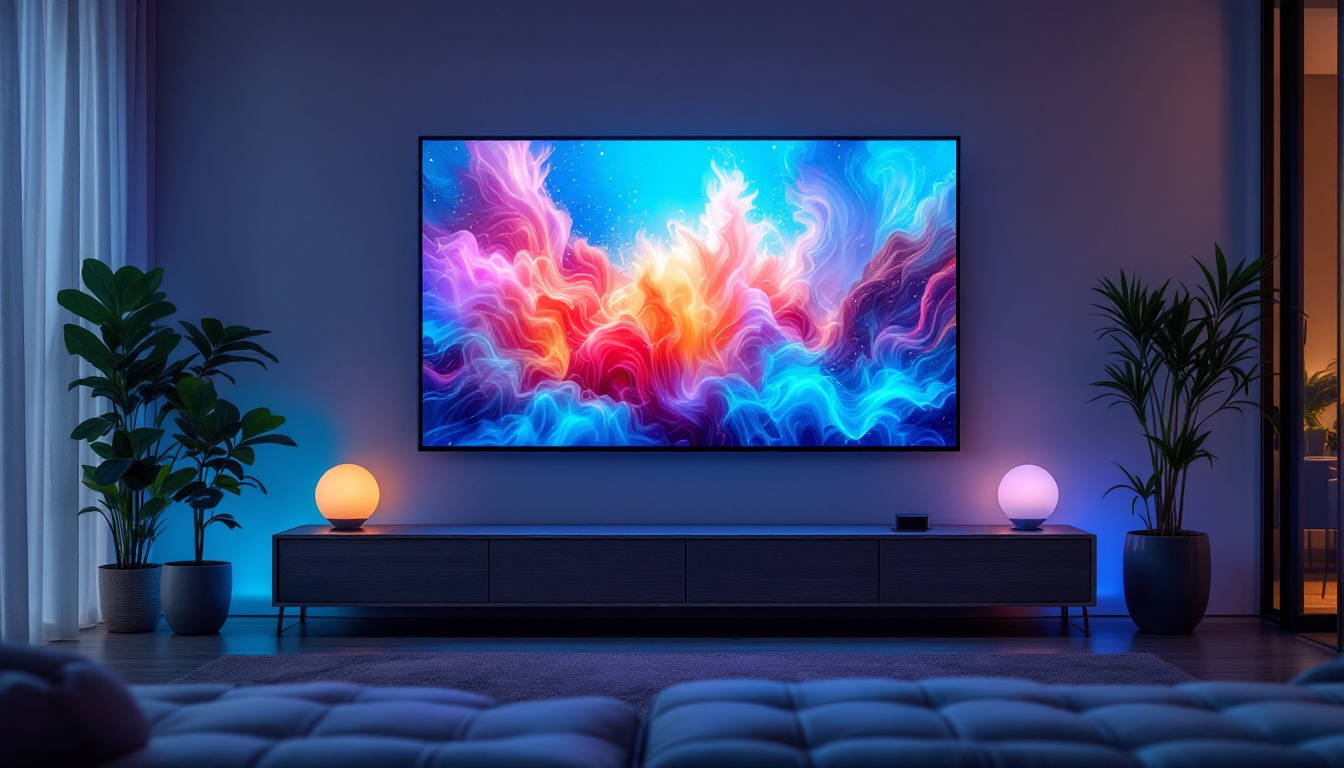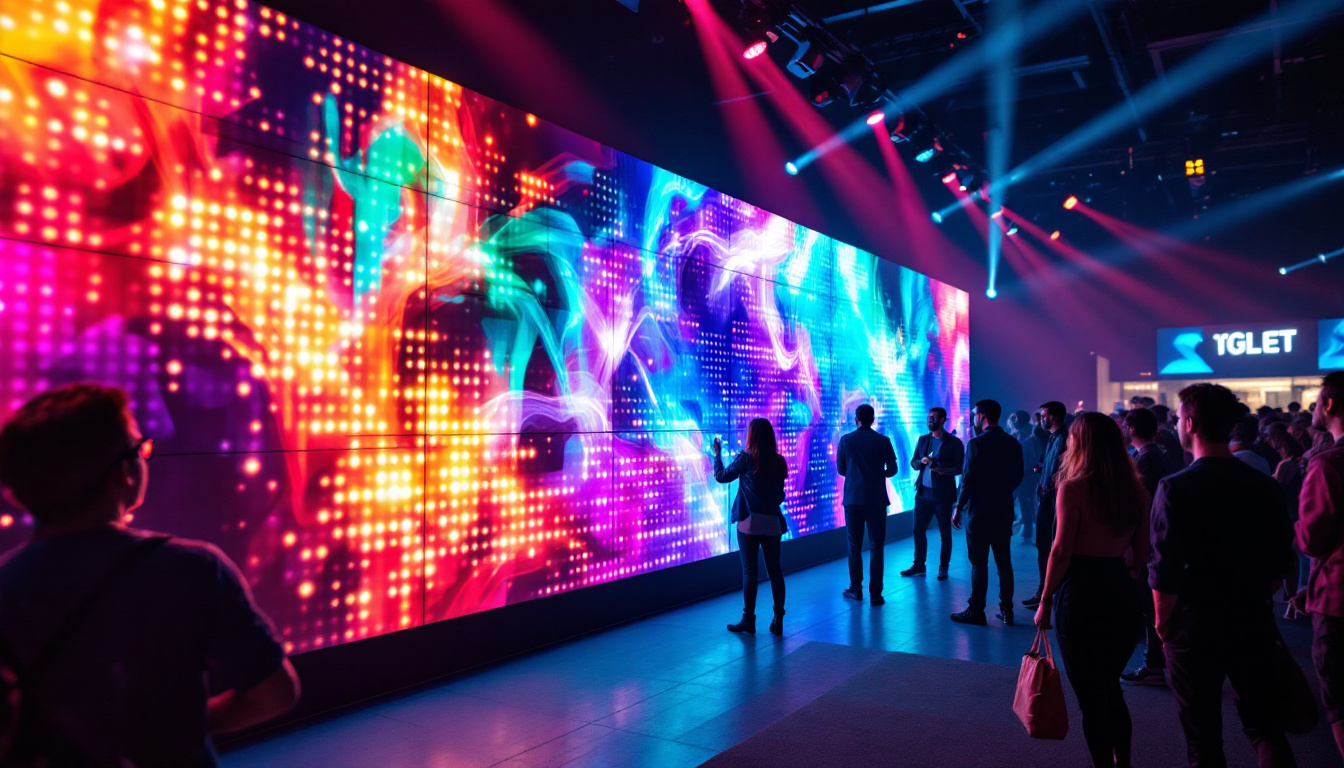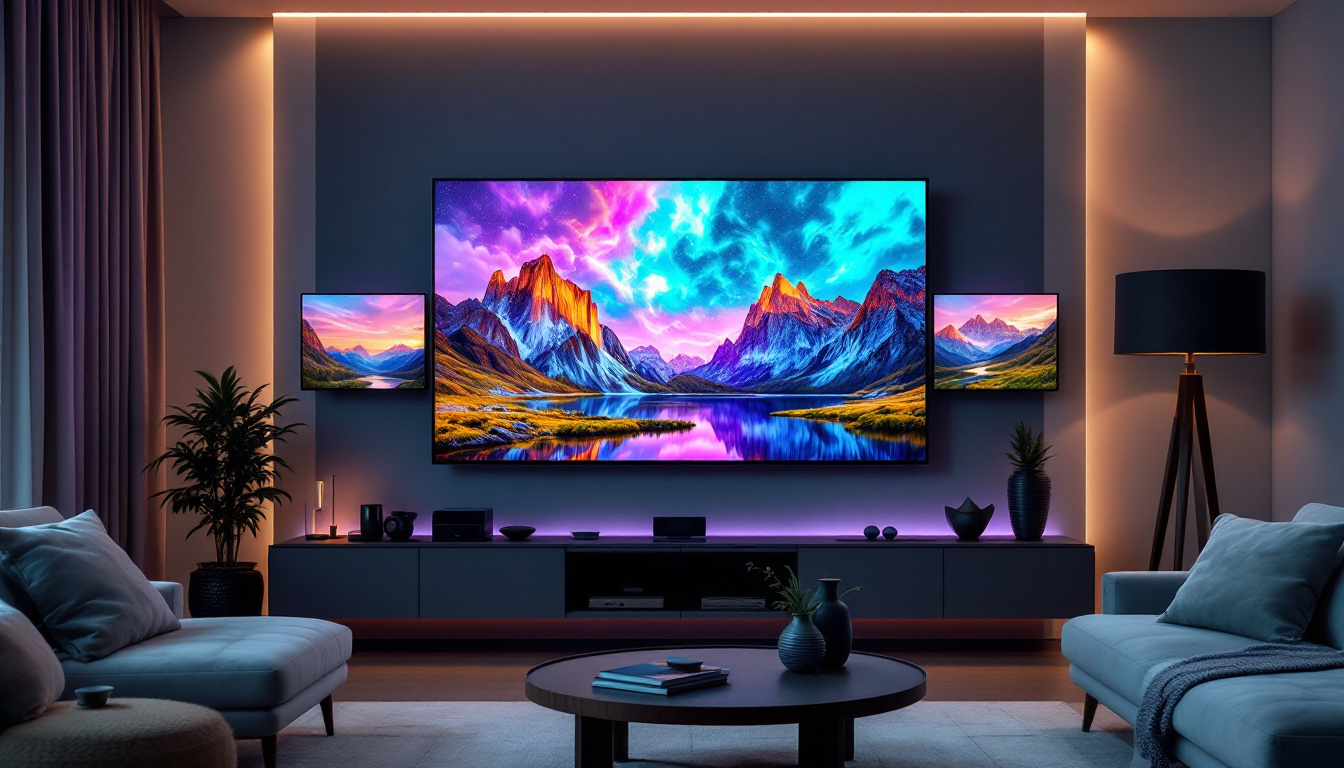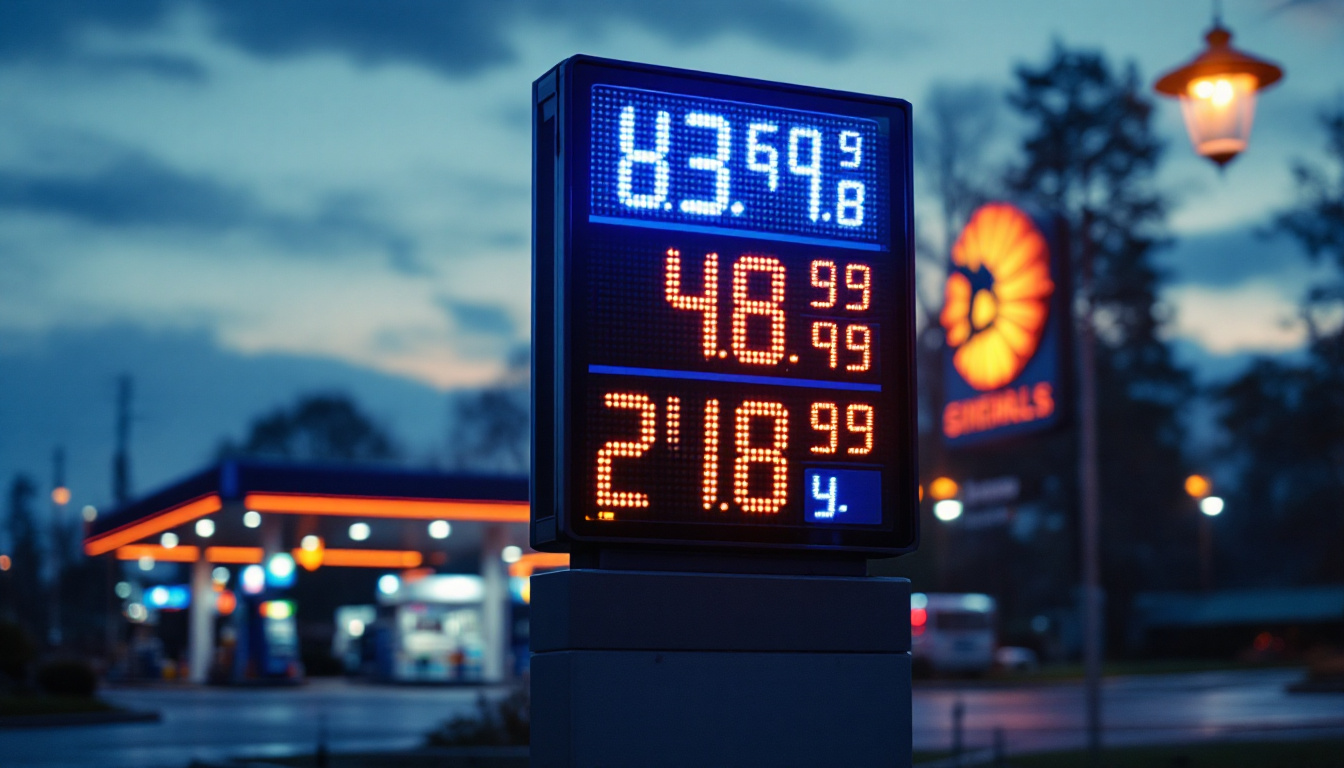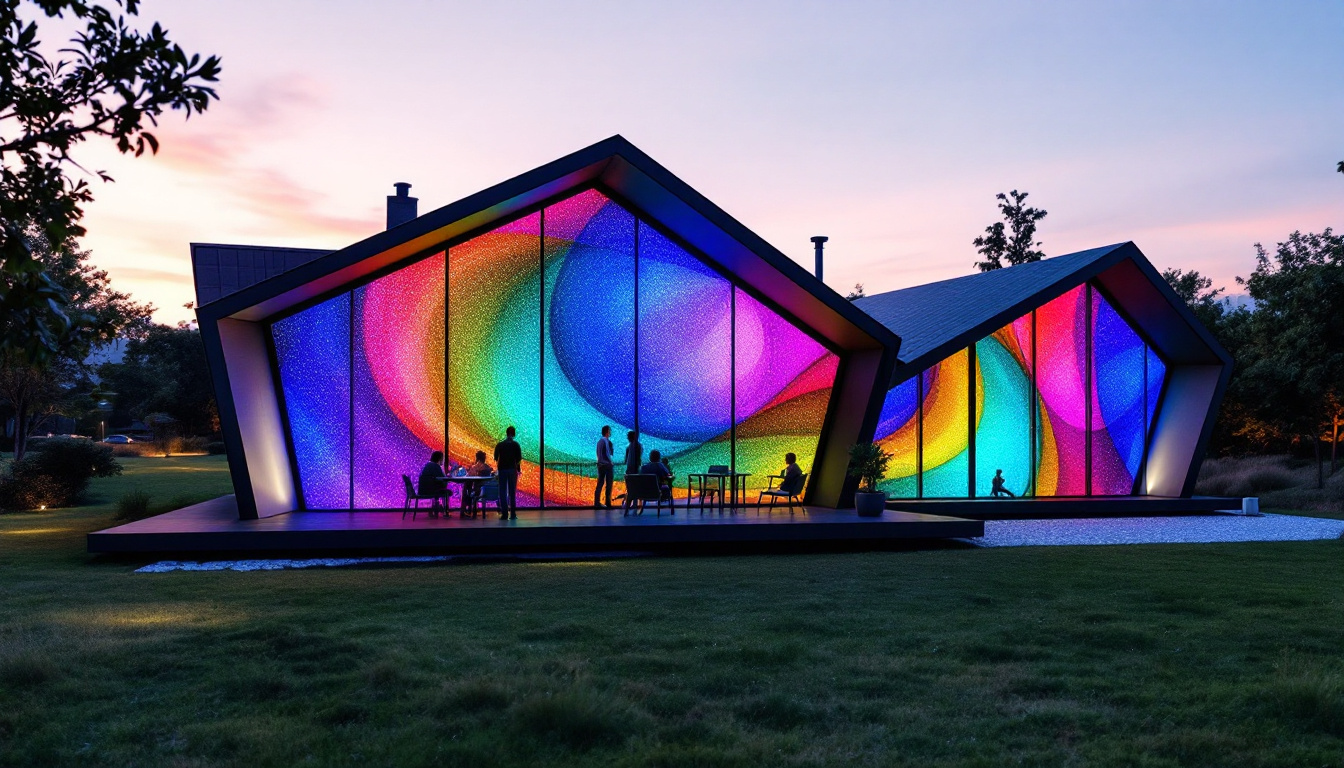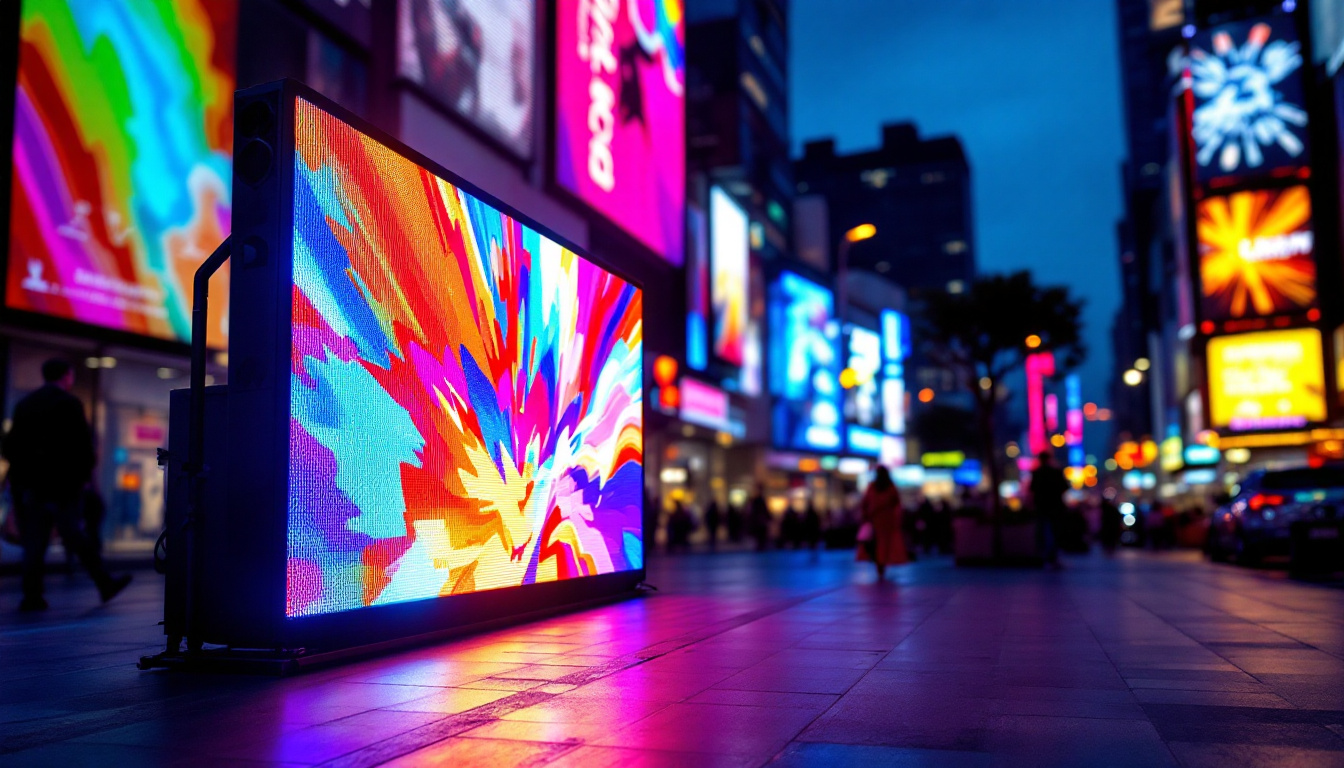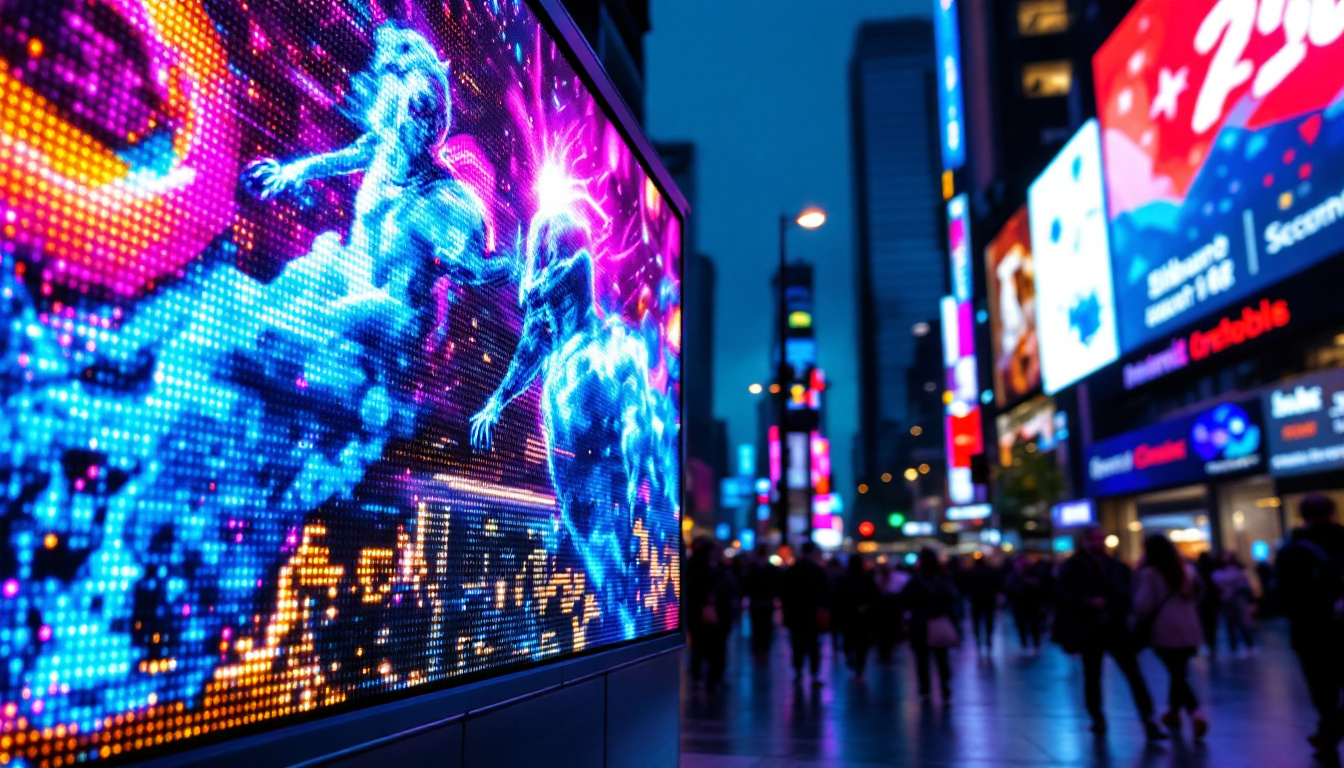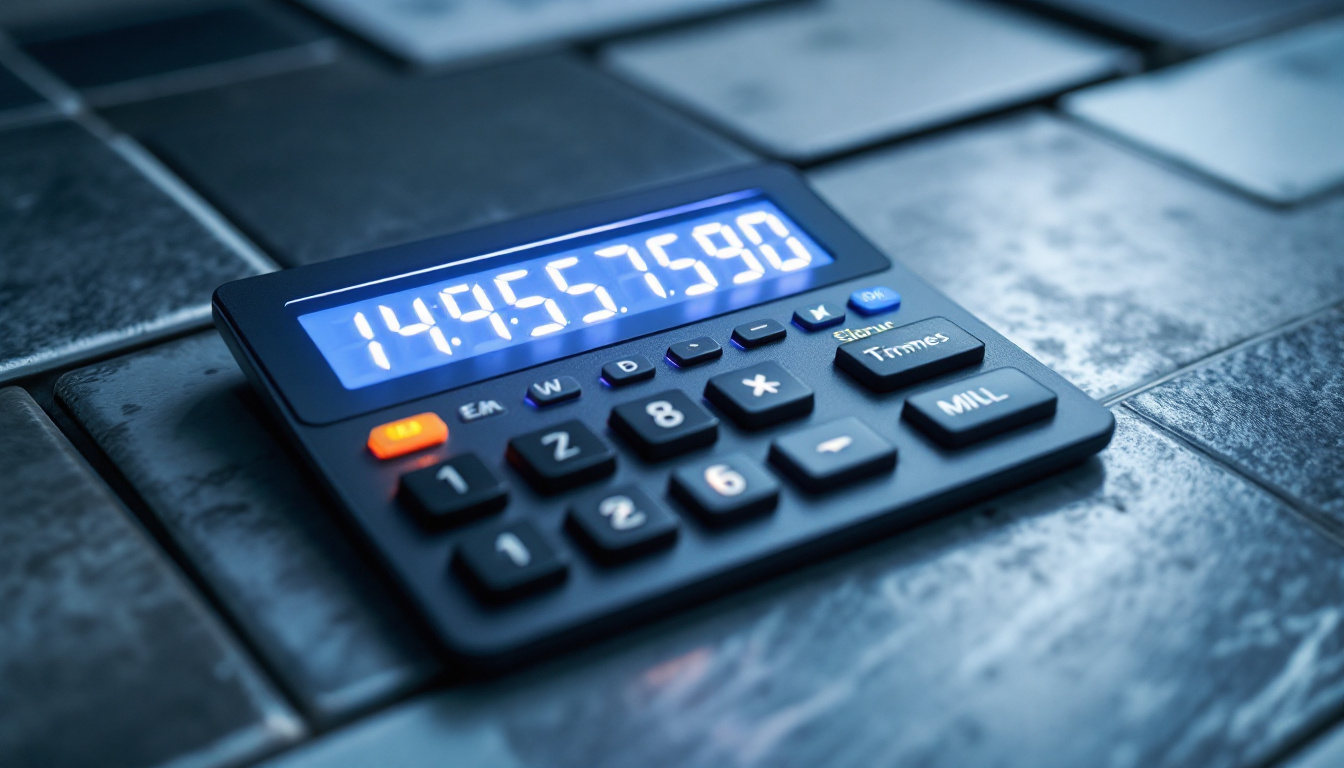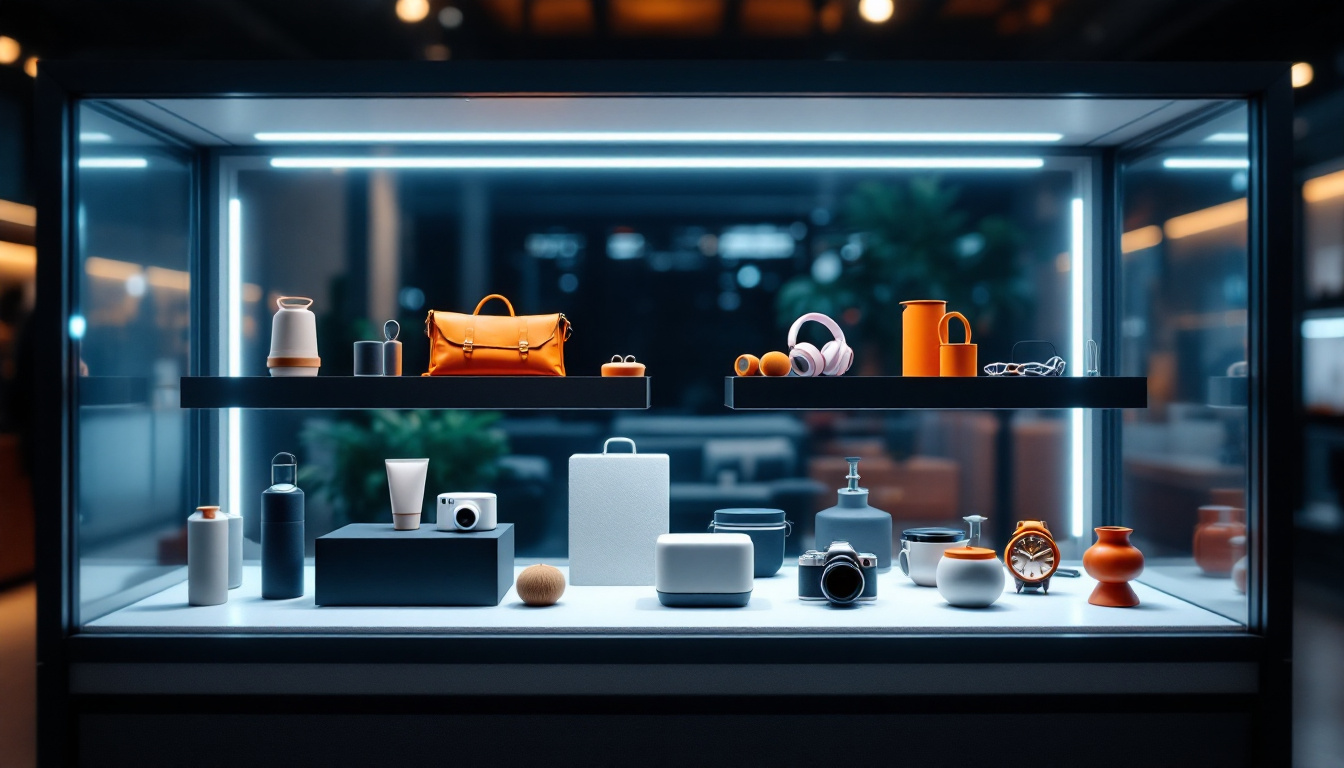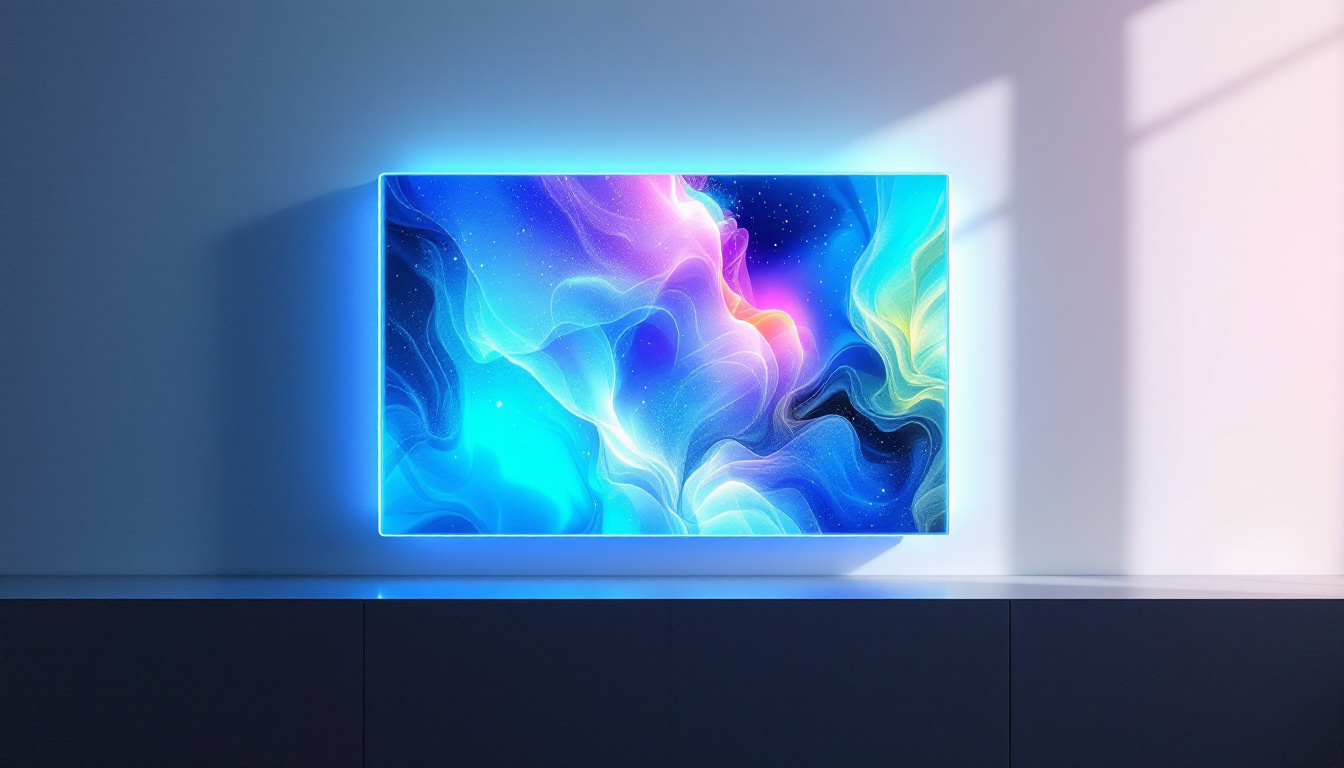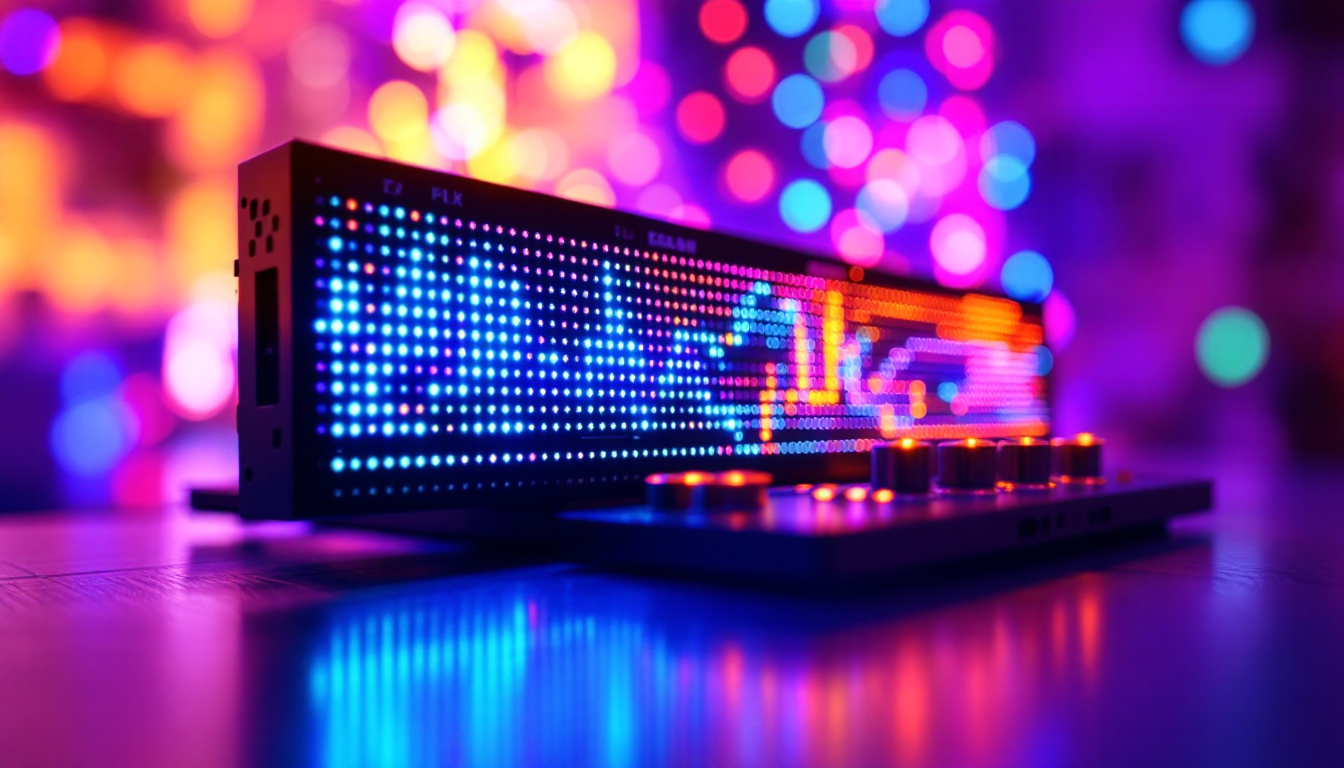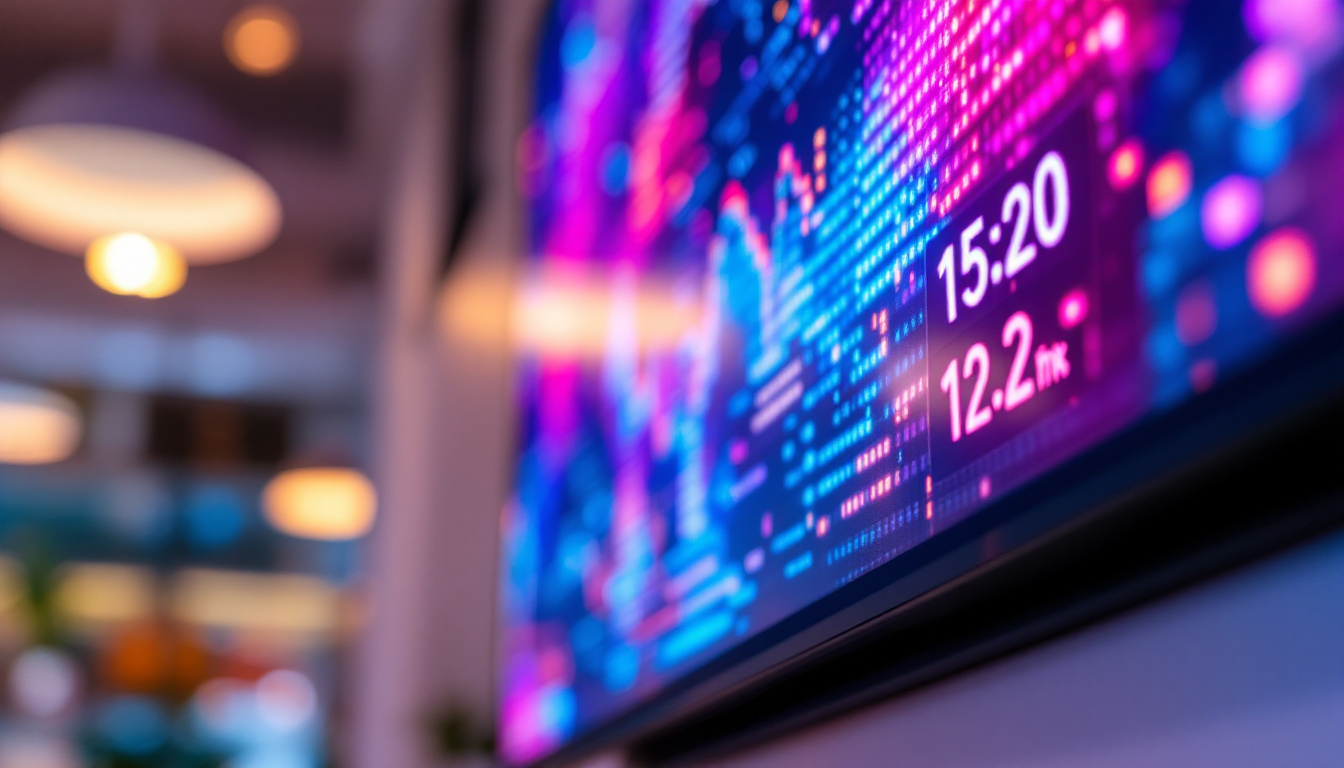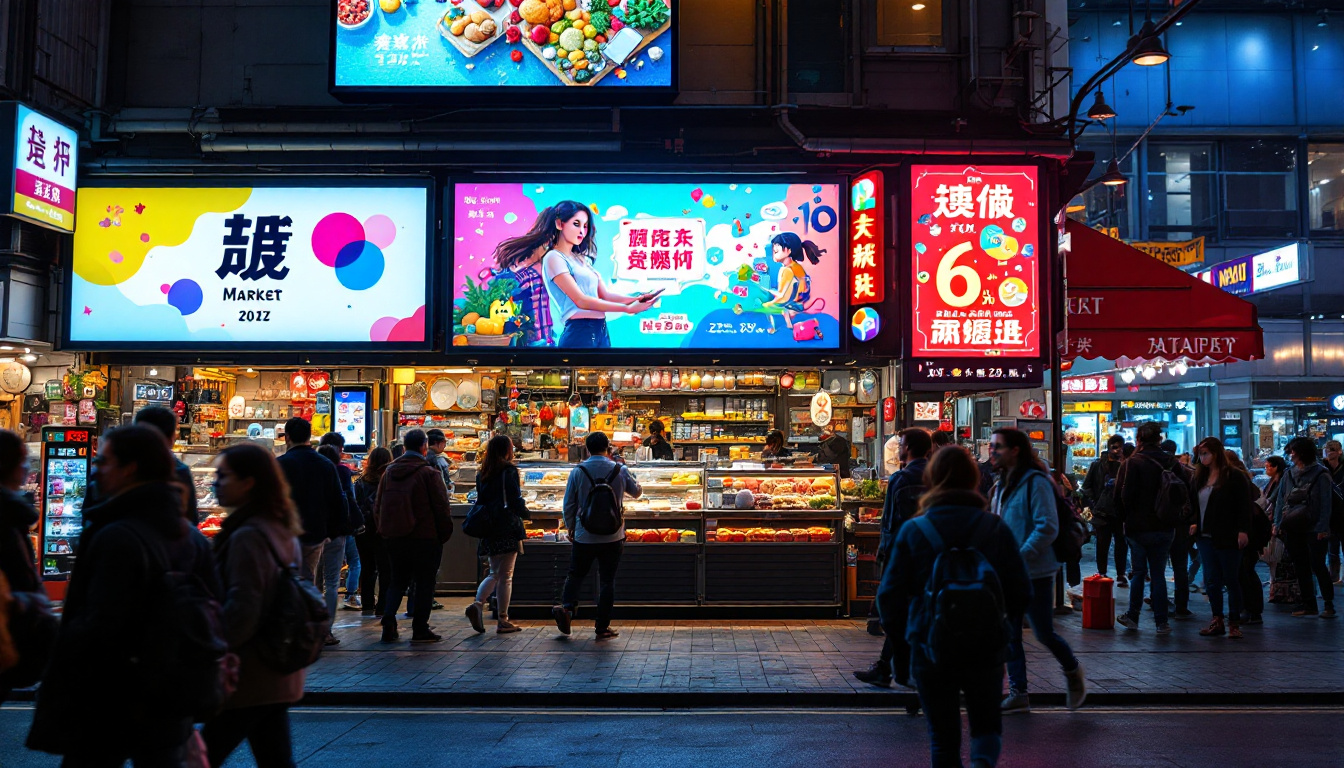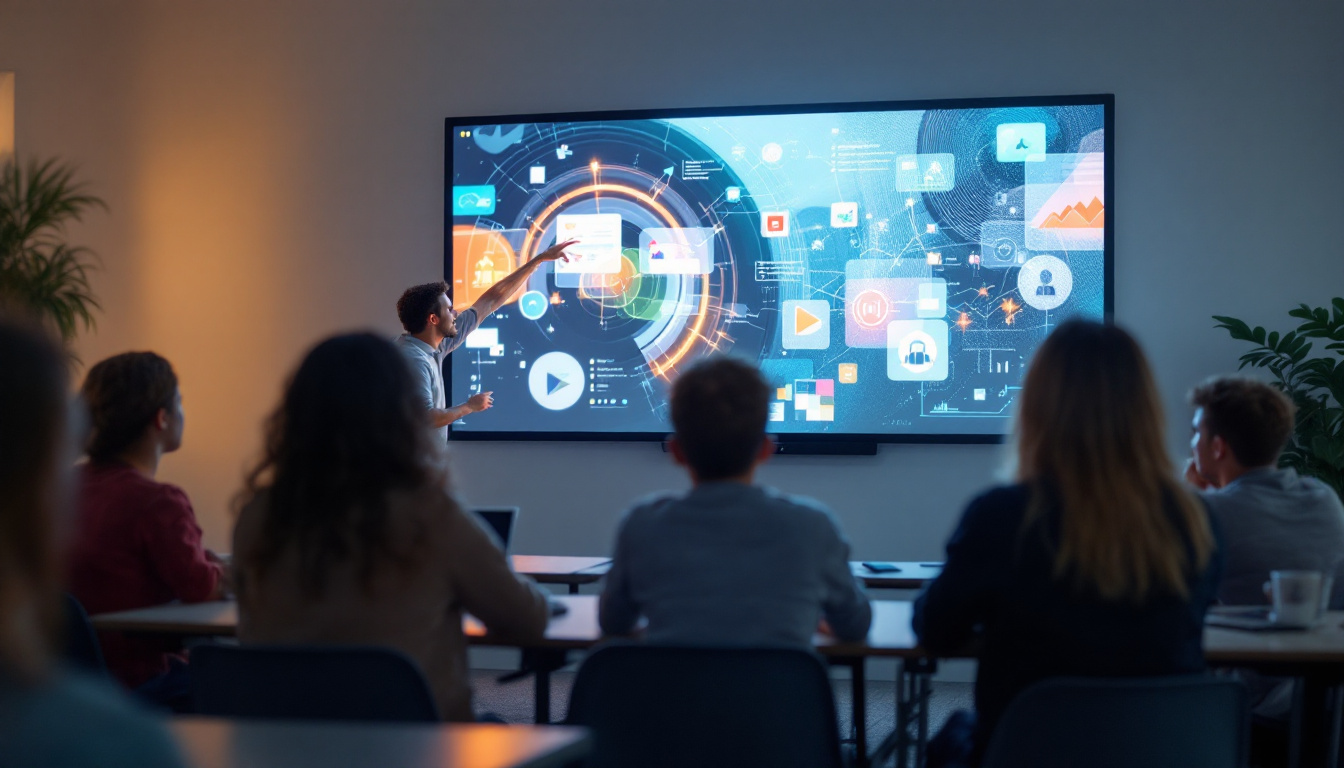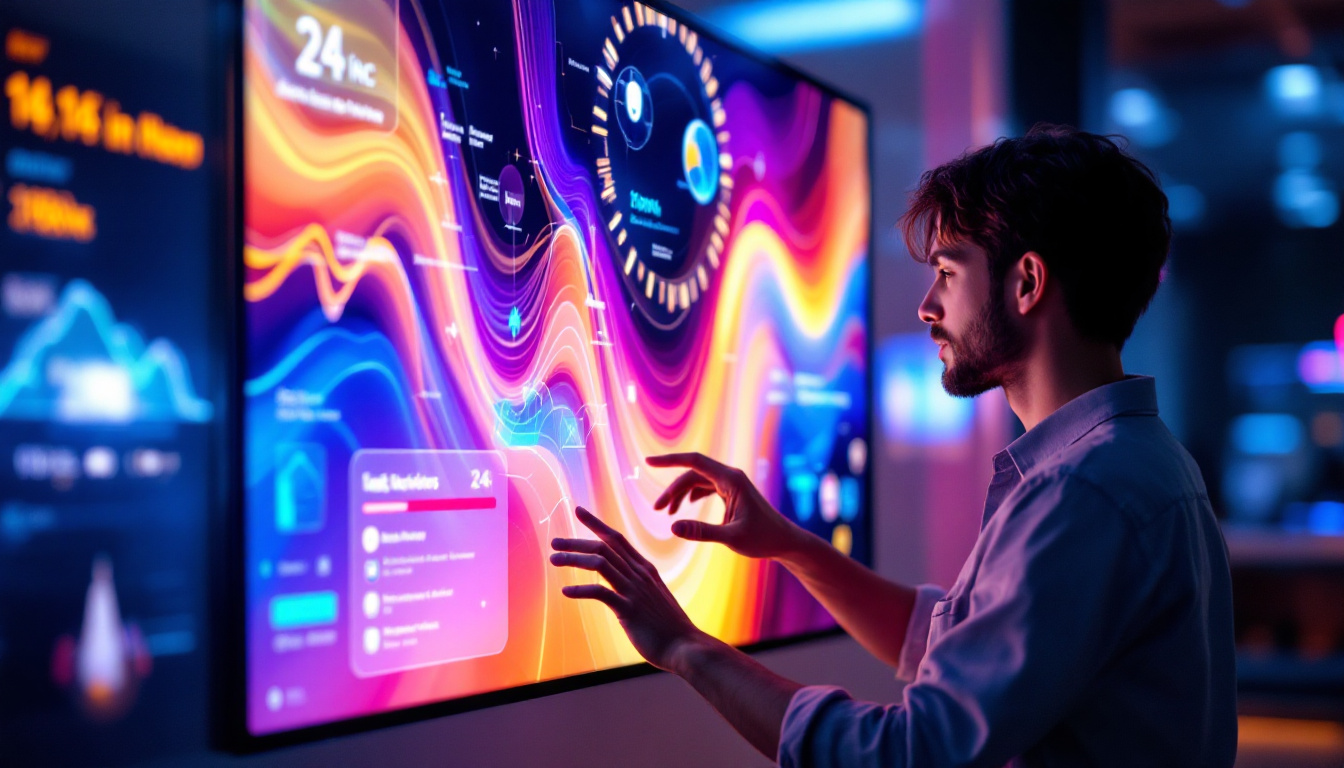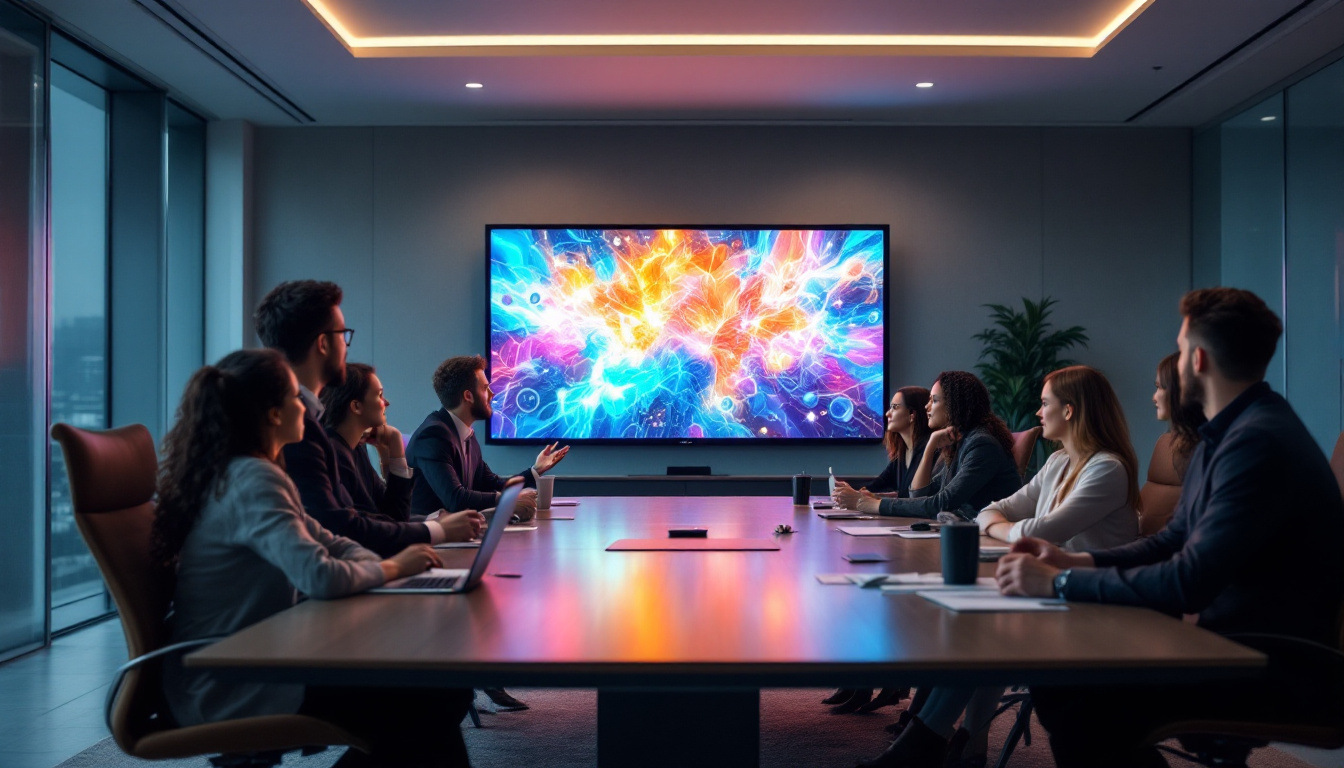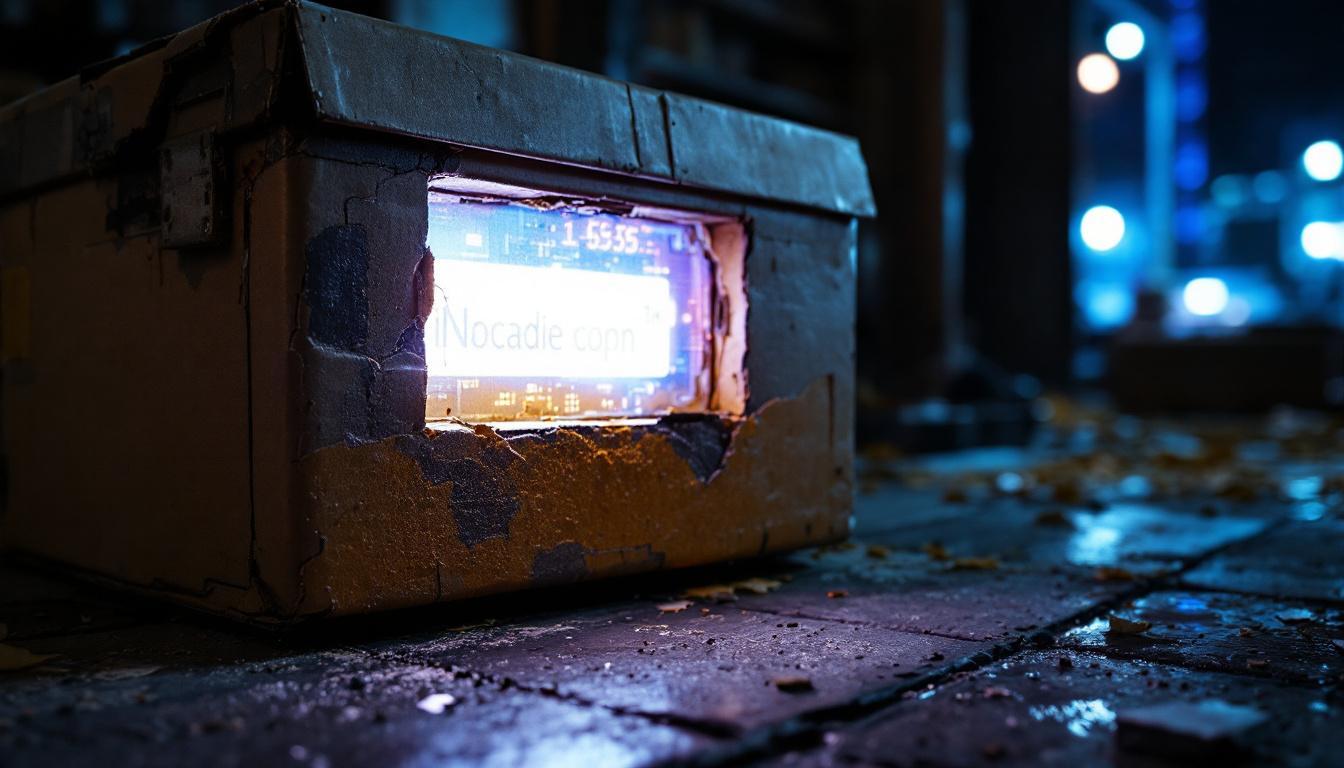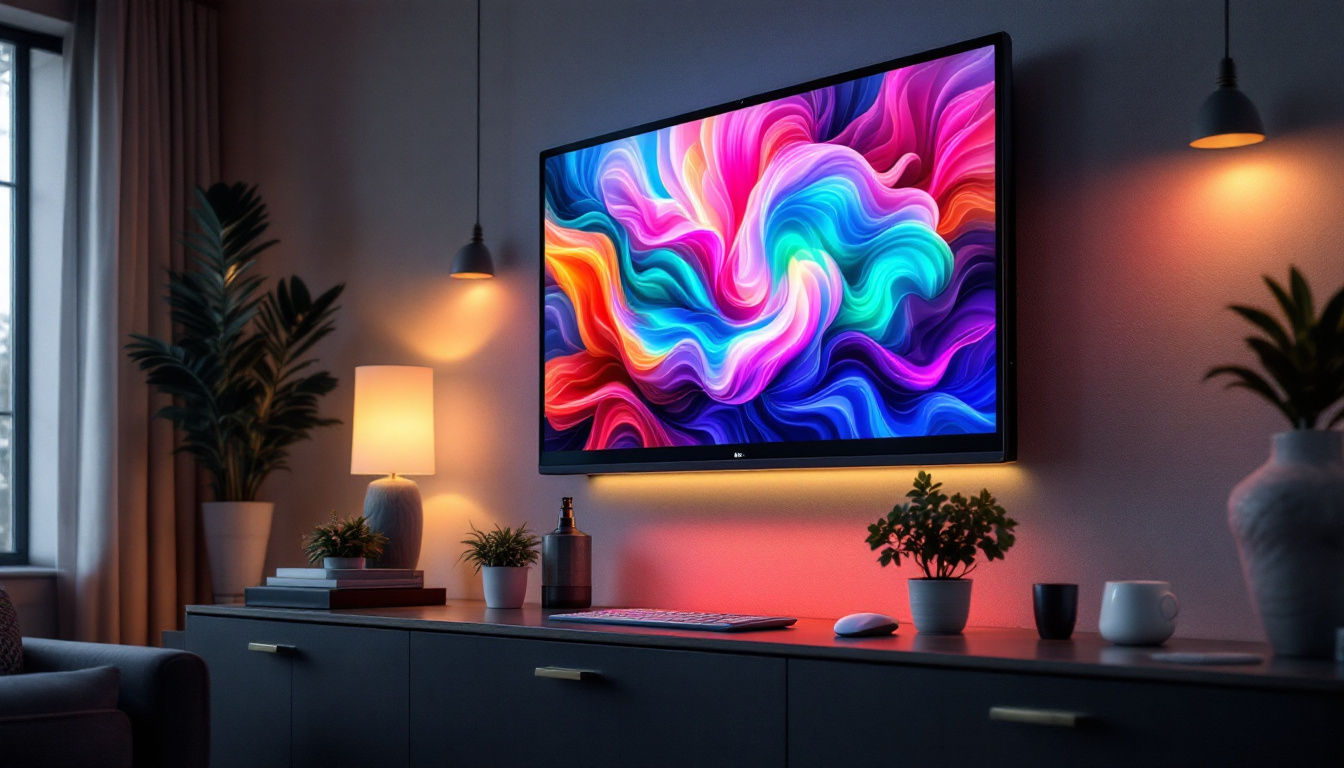In the world of digital signage, understanding the specifications and measurements of LED displays is crucial for effective communication and presentation. One common conversion that often arises is the translation of feet to meters, particularly when discussing the size of LED displays. This article will delve into the conversion of 120 feet to meters and explore the significance of this measurement in the context of LED displays.
Understanding the Conversion: Feet to Meters
To grasp the importance of converting feet to meters, it is essential to understand the basic relationship between these two units of measurement. The foot is a unit of length commonly used in the United States, while the meter is part of the metric system, which is widely adopted around the globe.
The Conversion Factor
The conversion factor between feet and meters is straightforward: one foot is equal to approximately 0.3048 meters. Therefore, to convert feet into meters, one must multiply the number of feet by this factor. For instance, to convert 120 feet into meters, the calculation would be:
120 ft × 0.3048 m/ft = 36.576 m
Thus, 120 feet is equivalent to approximately 36.576 meters. This conversion is not only useful for understanding the size of LED displays but also for various applications in construction, engineering, and international trade.
Why Meters Matter in LED Displays
When it comes to LED displays, knowing the dimensions in meters can significantly impact design choices, installation, and overall effectiveness. Many manufacturers and clients operate on a global scale, where the metric system is the standard. Hence, having a clear understanding of sizes in meters ensures that all parties are on the same page.
Moreover, the size of an LED display can influence visibility, viewing distance, and the overall impact of the content being displayed. A display that is 36.576 meters wide will have different implications for audience engagement compared to a smaller display. This is particularly relevant in arenas, stadiums, and large public spaces where visibility from a distance is crucial.
Additionally, the pixel density of an LED display, which is often measured in pixels per meter, can greatly affect the quality of the image. Higher pixel density means sharper images and clearer text, which is vital for conveying information effectively. For example, in environments such as airports or train stations, where travelers are often in a hurry, clear and easily readable displays can significantly enhance the user experience. Understanding the conversion to meters allows designers to optimize these displays for maximum impact, ensuring that they meet the specific needs of their audience.
Furthermore, as the world becomes increasingly interconnected, the need for standardized measurements becomes more pronounced. Engineers and architects working on international projects must navigate various measurement systems, and familiarity with both feet and meters can streamline communication and reduce the risk of costly errors. This is particularly important in collaborative projects where teams from different countries come together, as a shared understanding of dimensions can lead to more efficient planning and execution.
LED Display Specifications: What to Consider
When selecting an LED display, several specifications come into play beyond just size. Understanding these specifications can help in making informed decisions that align with the intended use of the display.
Pixel Pitch
Pixel pitch refers to the distance between the centers of two adjacent pixels on an LED display. It is typically measured in millimeters. A smaller pixel pitch indicates a higher resolution, which is essential for displays that will be viewed up close. For instance, a pixel pitch of 2.5mm will provide a sharper image than one with a pixel pitch of 10mm.
When considering a display that is 120 feet (or 36.576 meters) wide, the pixel pitch becomes a critical factor. A display with a larger pixel pitch may be suitable for viewing from a distance, while a smaller pixel pitch is necessary for closer viewing. Therefore, the intended audience and viewing distance should dictate the choice of pixel pitch.
Brightness and Contrast Ratio
Brightness, measured in nits, is another vital specification for LED displays. Higher brightness levels are necessary for outdoor displays to ensure visibility in direct sunlight. Conversely, indoor displays may not require as much brightness. The contrast ratio, which measures the difference between the brightest and darkest parts of an image, also plays a significant role in image quality. A higher contrast ratio results in more vibrant colors and better image clarity.
For a large display, such as one measuring 120 feet, ensuring adequate brightness is essential for maintaining visibility across varying lighting conditions. A display with insufficient brightness may lead to a washed-out appearance, diminishing the impact of the content being displayed.
Applications of Large LED Displays
large LED displays, particularly those around the size of 120 feet, are utilized in various applications across multiple industries. Understanding these applications can provide insight into the importance of size and specifications.
Advertising and Marketing
One of the most common uses for large LED displays is in advertising. Billboards and digital signage in high-traffic areas leverage the size of these displays to capture the attention of potential customers. A 120-foot display can showcase vibrant advertisements that are visible from great distances, making it an effective tool for brands looking to increase visibility.
Additionally, the dynamic nature of LED displays allows for rotating advertisements, which can further engage viewers and provide a platform for multiple brands to showcase their products or services. The ability to change content quickly and easily makes LED displays a versatile choice for advertising campaigns.
Entertainment Venues
In entertainment venues, large LED displays are used for concerts, sporting events, and other performances. These displays enhance the audience’s experience by providing close-up views of the action, displaying scores, and showcasing promotional content. A display measuring 120 feet can serve as a central focal point, ensuring that all attendees, regardless of their seating position, can enjoy the visual elements of the event.
Moreover, the integration of LED displays in entertainment venues allows for creative presentations, including light shows and visual effects that can complement live performances. This enhances the overall atmosphere and engages the audience on multiple sensory levels.
Installation Considerations for Large LED Displays
Installing a large LED display, such as one that measures 120 feet, involves careful planning and consideration. Various factors must be taken into account to ensure a successful installation that meets safety and performance standards.
Structural Support
One of the primary considerations when installing a large LED display is the structural support required to hold the display securely. The weight of the display, combined with environmental factors such as wind load, must be assessed to determine the appropriate mounting solution. Whether the display is installed on a building facade, a freestanding structure, or a truss system, ensuring adequate support is crucial for safety.
Additionally, local building codes and regulations may dictate specific requirements for large installations. Consulting with structural engineers and adhering to these regulations can prevent potential hazards and ensure the longevity of the display.
Power and Connectivity
Power requirements for large LED displays can be significant. Proper planning for electrical connections, including voltage and amperage, is necessary to ensure the display operates efficiently. Additionally, connectivity for data transmission must be established, allowing for content updates and remote management.
In many cases, large displays will require multiple power sources and data connections to function optimally. Ensuring redundancy in these systems can help prevent downtime and maintain the display’s functionality during critical events.
Future Trends in LED Display Technology
The field of LED display technology is continuously evolving, with advancements that enhance performance, efficiency, and user experience. Understanding these trends can provide insights into the future of large LED displays.
Higher Resolution Displays
As technology progresses, the demand for higher resolution displays continues to grow. This trend is driven by the need for sharper images and improved visual quality, particularly in large displays. Innovations in pixel technology, such as microLED and miniLED, are paving the way for displays with smaller pixel pitches and enhanced color accuracy.
These advancements not only improve image quality but also contribute to energy efficiency, as newer technologies often require less power to produce brighter images. As a result, large LED displays are becoming more sustainable and cost-effective over time.
Integration with Smart Technology
Another significant trend is the integration of LED displays with smart technology. This includes features such as IoT connectivity, allowing for real-time data updates and remote management. Smart displays can be programmed to change content based on audience engagement, environmental conditions, or specific events.
This level of interactivity enhances the effectiveness of LED displays in advertising and public communication, making them more responsive to the needs of viewers. As technology continues to advance, the potential for smart LED displays will expand, offering even more innovative solutions for businesses and organizations.
Conclusion
Understanding the conversion of 120 feet to meters is just the beginning of comprehending the complexities of LED displays. As technology continues to evolve, the significance of size, specifications, and applications will remain paramount in the effective use of these displays.
From advertising to entertainment, large LED displays play a crucial role in modern communication. By considering factors such as pixel pitch, brightness, and installation requirements, businesses can make informed decisions that maximize the impact of their displays.
As the industry moves forward, staying abreast of trends and advancements will be essential for leveraging the full potential of LED display technology. Whether for commercial use or public engagement, understanding the nuances of these displays will ensure that they continue to captivate and inform audiences worldwide.
Discover LumenMatrix’s Advanced LED Solutions
Ready to elevate your visual communication with cutting-edge technology? LumenMatrix offers a comprehensive range of LED display solutions tailored to your needs. From Indoor and Outdoor LED Wall Displays to innovative options like Vehicle LED Displays, LED Posters, and Transparent LED Displays, we’re here to enhance your brand’s visibility and audience engagement. Experience the future of digital signage with our LED Sports Displays, Floor LED Displays, and Custom LED solutions. Embrace the revolution in visual communication with LumenMatrix. Check out LumenMatrix LED Display Solutions and transform your space into a captivating visual experience.

